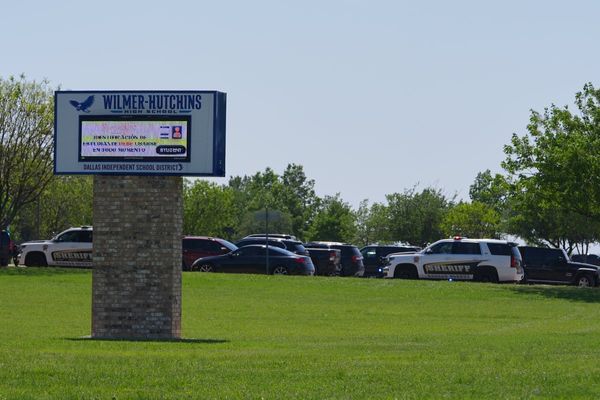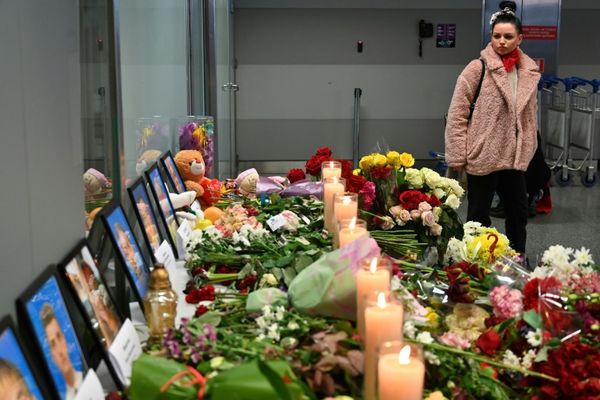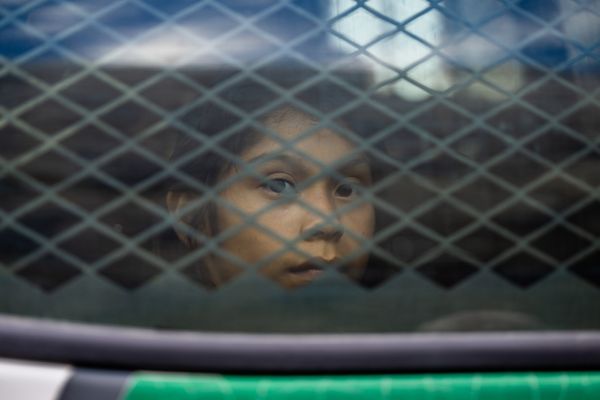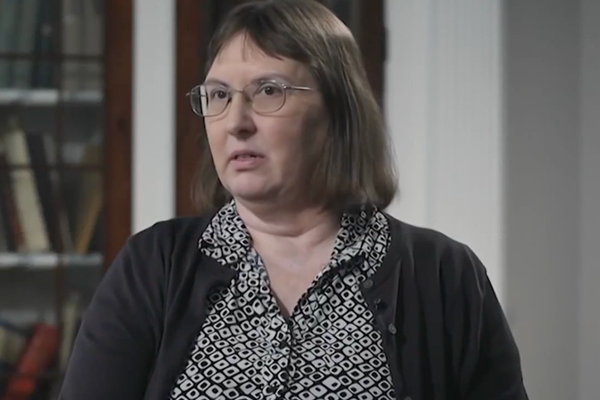
Following the devastating wildfire that struck Lahaina in 2023, Hawaii Gov. Josh Green announced a $4 billion settlement aimed at avoiding prolonged legal battles. However, a trial beginning Wednesday will address the distribution of the settlement among survivors, with some victims providing testimony on their losses.
The trial will not assign fault, as defendants including the state, Hawaiian Electric, and large landowners have already agreed to the settlement amount. The focus is on determining how the $4 billion should be divided among various groups of plaintiffs, including those who suffered significant losses such as the loss of family members, homes, or businesses.
While some victims, like Damon Valverde whose sunglasses company was destroyed, will not testify, others, such as Kevin Baclig who lost multiple family members in the fire, will share their heartbreaking experiences. Baclig's search for his loved ones and the subsequent confirmation of their deaths highlight the profound pain endured by many survivors.
The trial also involves class-action lawsuits representing a wide range of victims, from those who lost property to tourists whose trips were disrupted. Attorneys for individual plaintiffs argue that a minimal portion of the settlement should go to the latter group, emphasizing the stark contrast in losses suffered.
Challenges in the case include the possibility of insurers separately suing defendants for reimbursement, which could jeopardize the settlement. The state Supreme Court is deliberating on this matter, with implications that could impact the entire settlement agreement.
The trial aims to provide a fair and just distribution of the $4 billion settlement to ensure that all victims of the Lahaina wildfire receive appropriate compensation for their losses.







